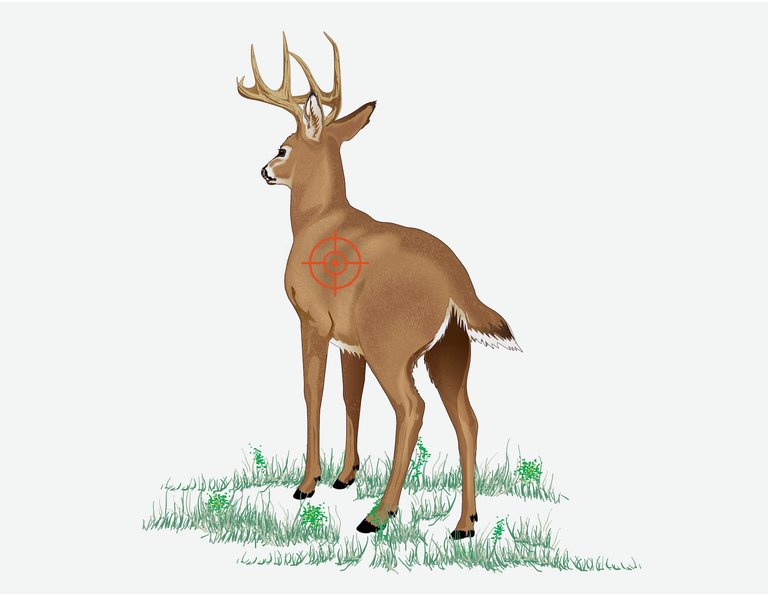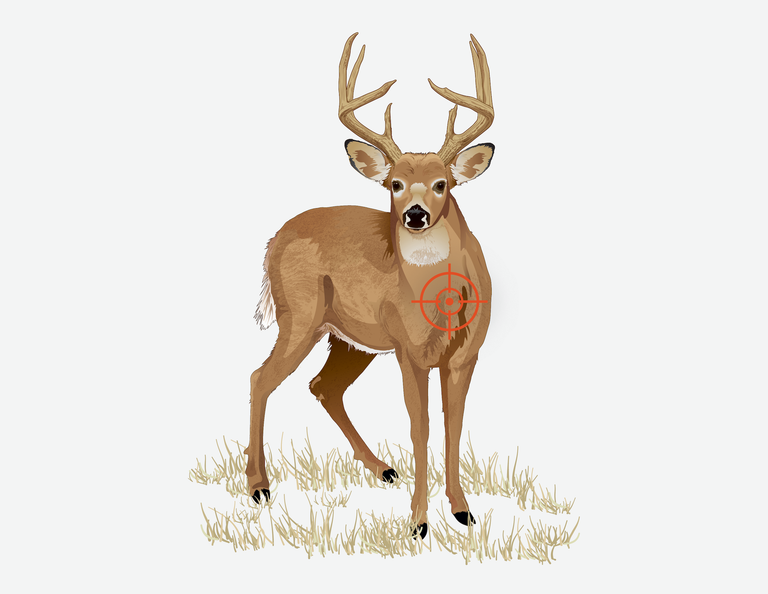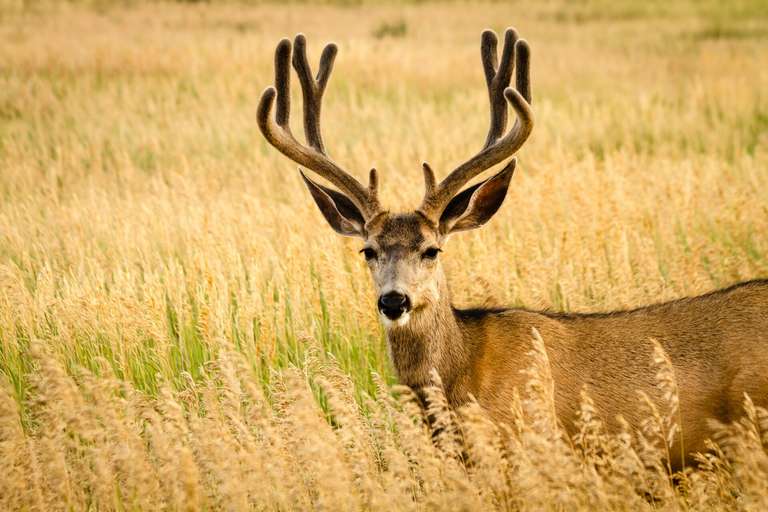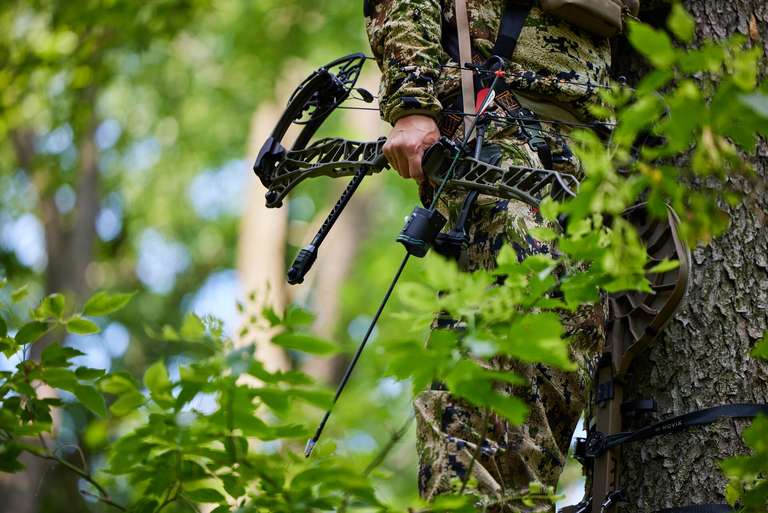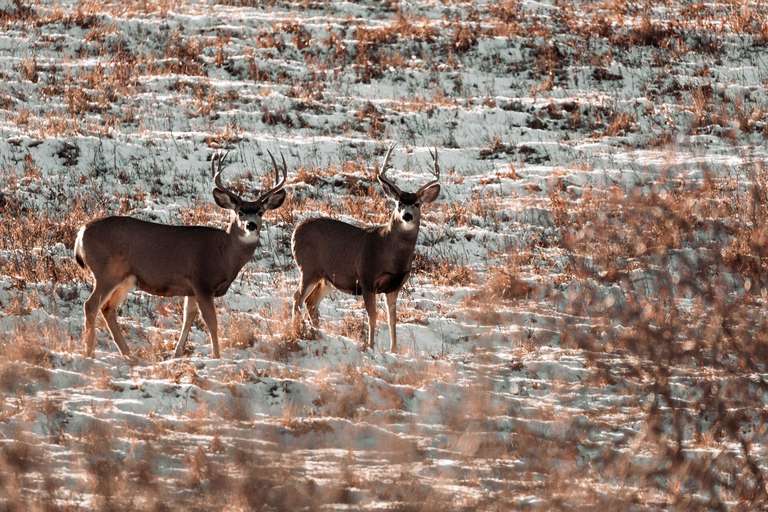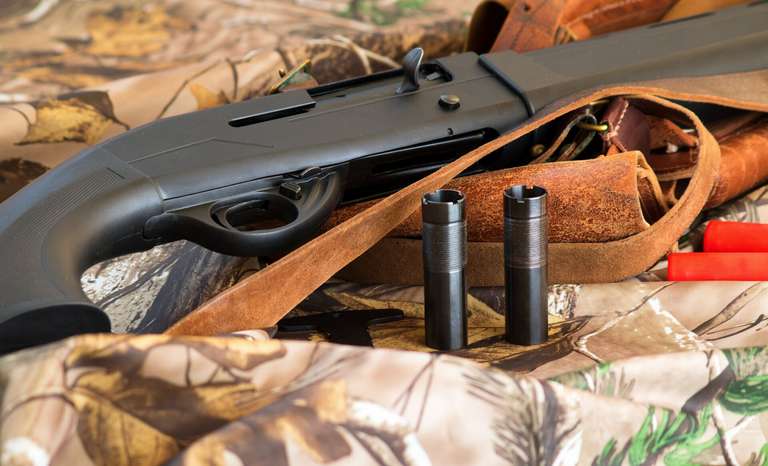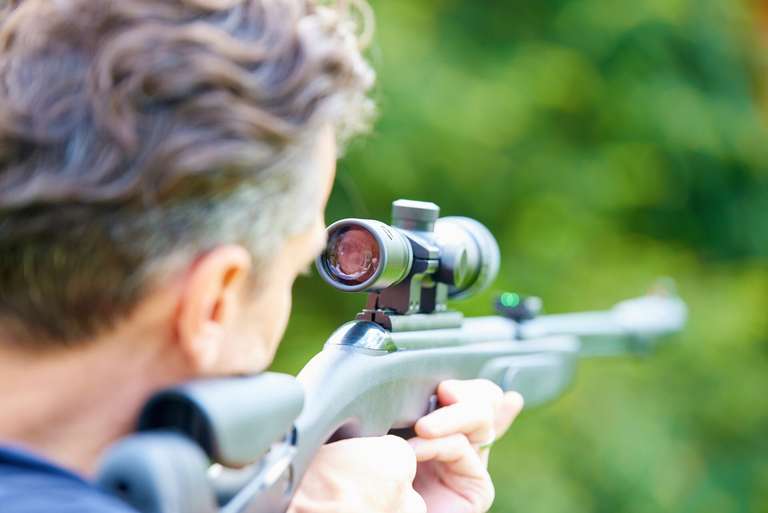Understanding Shot Placement: Why a Broadside Shot is Best
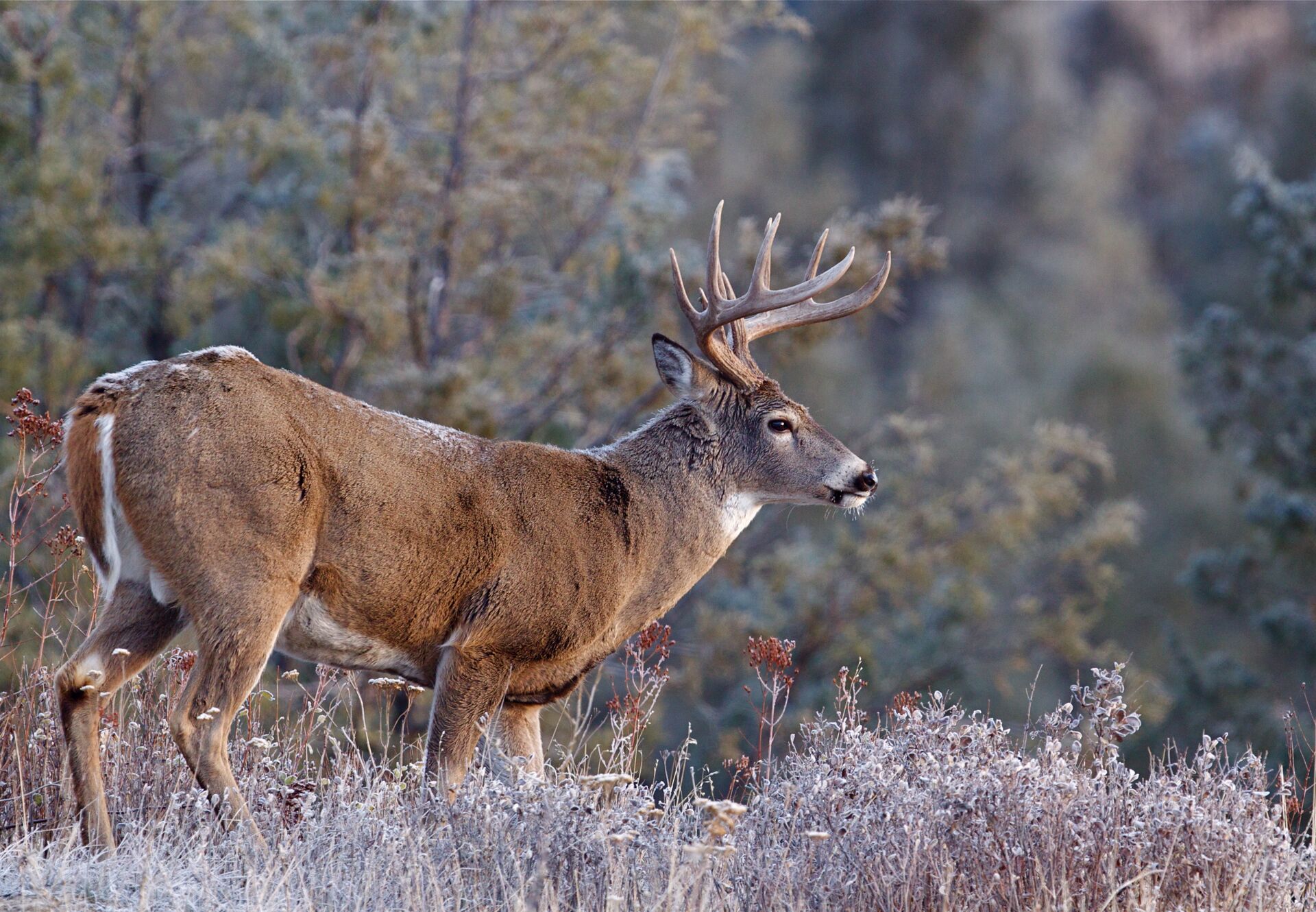
Proper shot placement is critical for lethal and ethical kills on game. Understanding your quarry’s vital zones and selecting the right moment to take a shot can often be the difference between a clean, rapid harvest and an injured, suffering animal.
Of all the shot placement options, the broadside shot is considered the most reliable and offers the most leeway for error. Keep reading to learn why, plus we'll share best practices for taking the shot you need for a clean kill.
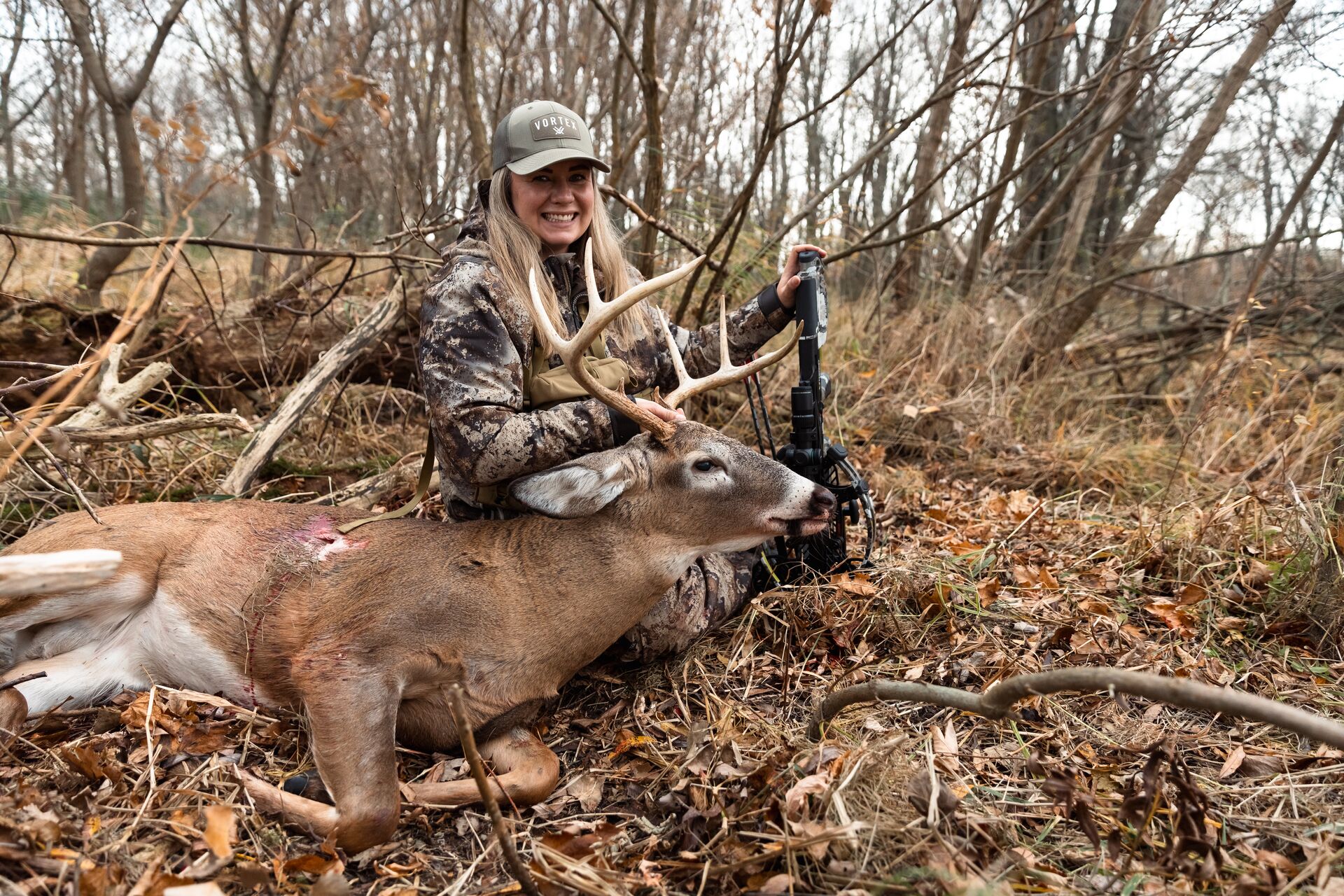
Why Shot Placement Matters
Being an ethical hunter (whether you're just getting started with hunting or a seasoned hunter) involves more than following regulations and safety fundamentals. It also involves ensuring quick and humane harvests that minimize an animal’s suffering.
When you can put your bullet or arrow into the animal’s heart or lungs, it will typically experience rapid blood loss and die quickly. The blood loss can be attributed to damage to the vital organs created by the projectile through direct tearing of tissue (permanent cavitation) or damage created by the temporary pressure wave (temporary cavitation) that rapidly stretches tissue past its breaking point.
The projectile can also shock the central nervous system, momentarily incapacitating the animal while it bleeds out.
In either case, proper shot placement is key to a swift, humane harvest that minimizes the animal’s distress and maximizes meat preservation.
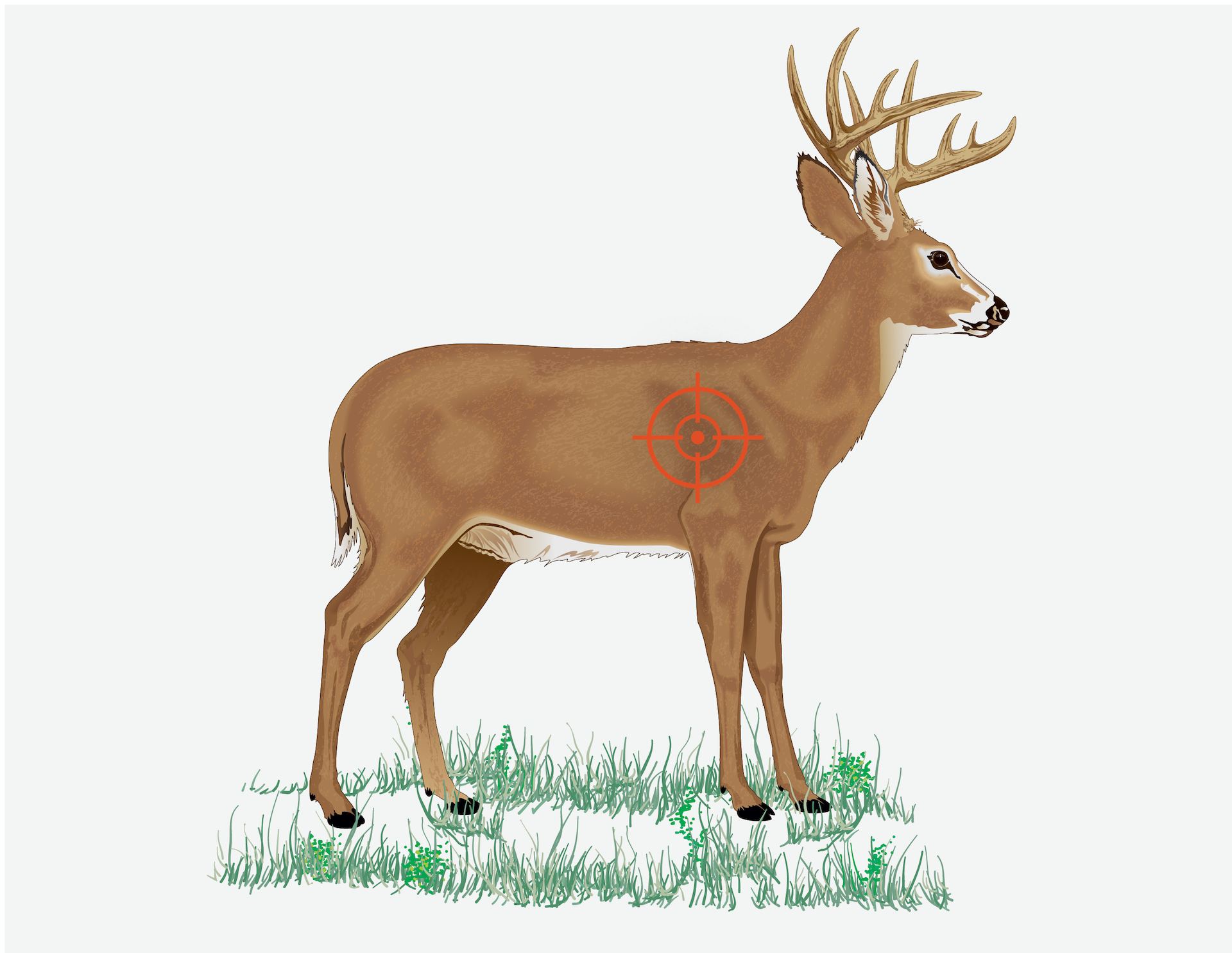
Why the Broadside Shot is Best
The broadside shot is considered the gold standard for effective game shots. The animal is positioned perpendicular to the hunter, presenting a clear view of its largest target area, the heart and lungs.
For example, the broadside shot on a mule deer or whitetail deer presents a relatively large target, approximately 8-10 inches in diameter. This spot is in the chest cavity, located just behind the front shoulder. A well-placed shot in this area will likely hit the lungs, major blood vessels, and potentially the heart.
Once hit, there should be massive blood loss, and the animal should travel only a short distance before expiring.
For bowhunters, the broadside shot is the best opportunity for the arrow to penetrate both lungs and create a large wound channel with a strong blood trail.
What is the High Shoulder Shot for Deer?
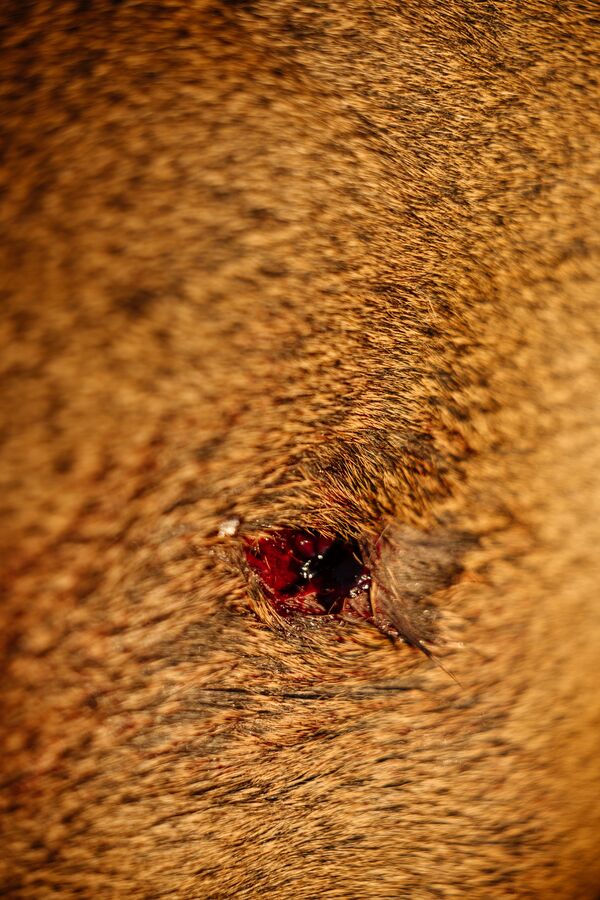
Rifle hunters use the high shoulder shot for deer to target the space above the shoulder blade to impact the spine. The bullet severs the spinal cord, immobilizing the deer. Major blood vessels may also be damaged, causing rapid blood loss.
One advantage of the high shoulder shot is minimal tracking of wounded game. When executed correctly, the deer drops immediately upon impact. However, this shot tends to damage more meat.
High shoulder shots also require more precision since the target area is smaller than the chest cavity presented by a broadside shot. If you miss, you will most likely wound or cripple the deer, leading to unnecessary suffering and potentially unrecoverable animal.
Why Hunters Avoid Head Shots
A frequent question among novice hunters is: "Why don't hunters shoot deer in the head?"
Here are a few reasons why the head shot isn't ideal:
- Small Target: An animal’s head is a small, rapidly moving target. The brain is even a smaller target — roughly the size of a tennis ball — inside that head, making misses more likely than hits.
- Non-lethal Injury: A misplaced shot can shatter the jaw or nose or graze the skull, wounding an animal that may suffer for days before succumbing to starvation.
- Damage: Even perfect headshots can ruin or contaminate meat in the neck area and destroy the animal’s trophy potential.
Although shooting your quarry in the head might seem like an ideal target for a quick kill, the risks far outweigh any potential advantages.
Alternative Shot Angles to Consider
While broadside shots are ideal, animals don’t always cooperate and present a perfect target on the same level as you.
You will need to be prepared to make accurate shots when the animal is:
- Quartering Away: The animal's head is farther away than its rear to you, presenting a smaller target of the vital area. Aim slightly farther back than you would on a broadside shot, targeting the opposite shoulder to ensure you hit the lungs.
- Quartering Toward: The animal is angled with its front shoulder closest to you. This is a higher-risk shot since you need to penetrate heavier shoulder bones and muscles that tend to deflect projectiles. Aim just above the shoulder of the front near leg.
- Frontal: When the animal is facing you, a frontal shot to the chest can be immediately lethal if the projectile is perfectly placed. However, there is little room for error, so most experienced hunters recommend waiting until a better angle presents itself.
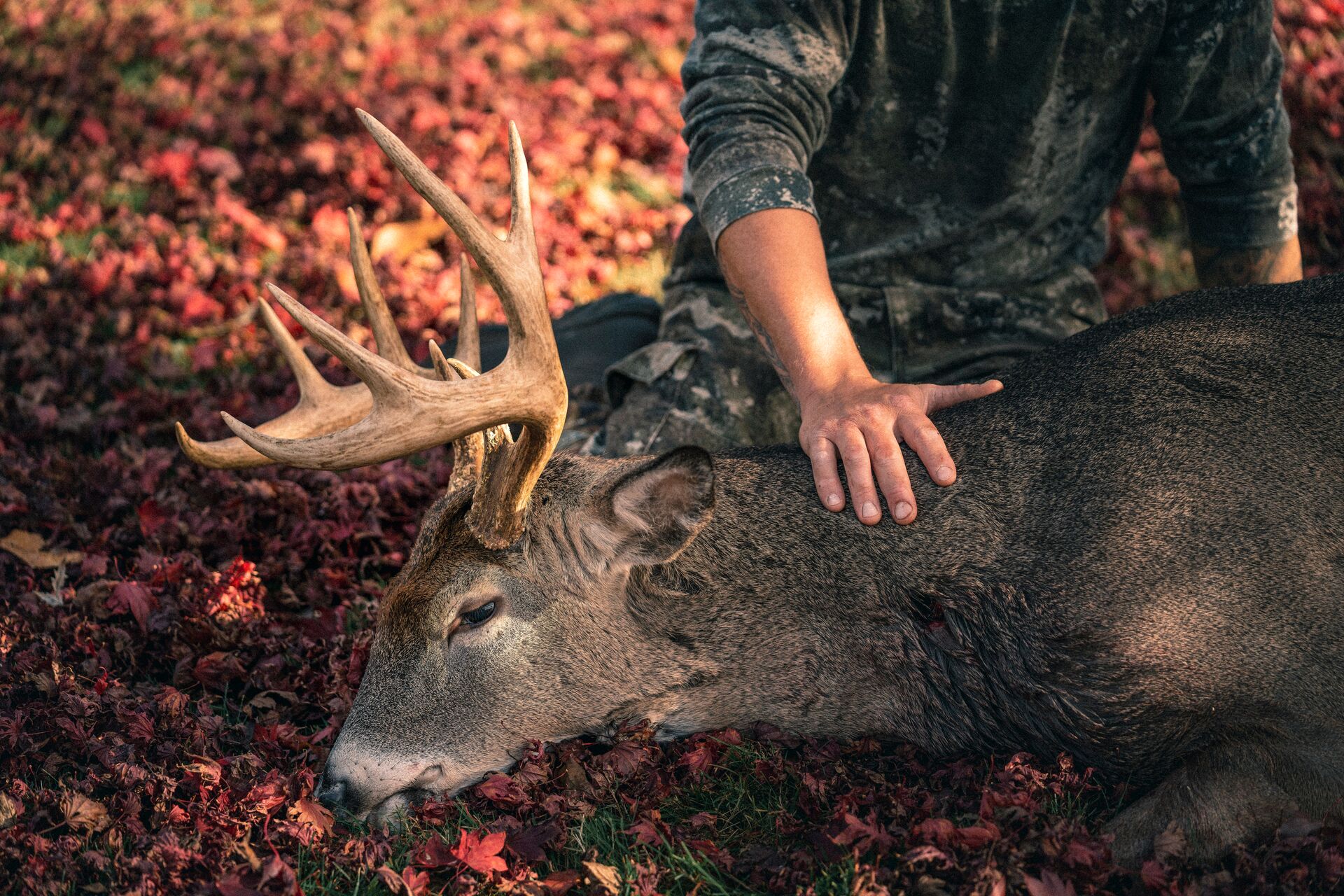
Best Practices for Ethical Shot Placement
Whatever shot placement you choose, some fundamental practices should be applied to increase ethical outcomes.
Patience
Although you won’t often see this featured in online highlight reels, having the patience to make the right shot at the right angle and distance is incredibly important. Even if you have to pass on a potential harvest, respect the animal and the sport by only targeting vital areas that you are confident you can hit within your effective range.
Practice
Regular practice with your rifle or bow goes hand in hand with precision.
Once you are confident with your weapon on the range at known distances, start shooting from the prone, kneeling, and seated positions to replicate field conditions. Also, shoot from different angles and at unknown distances with an elevated heart rate.
Consistent, high-quality practice will improve your accuracy and confidence.
Picture
Visualize the animal’s anatomy under the fur so you know where the vital organs are and what other body parts or organs might be in the way. Review photographs and three-dimensional models that show the animal from different angles to create a perfect picture of where your point of aim should be.
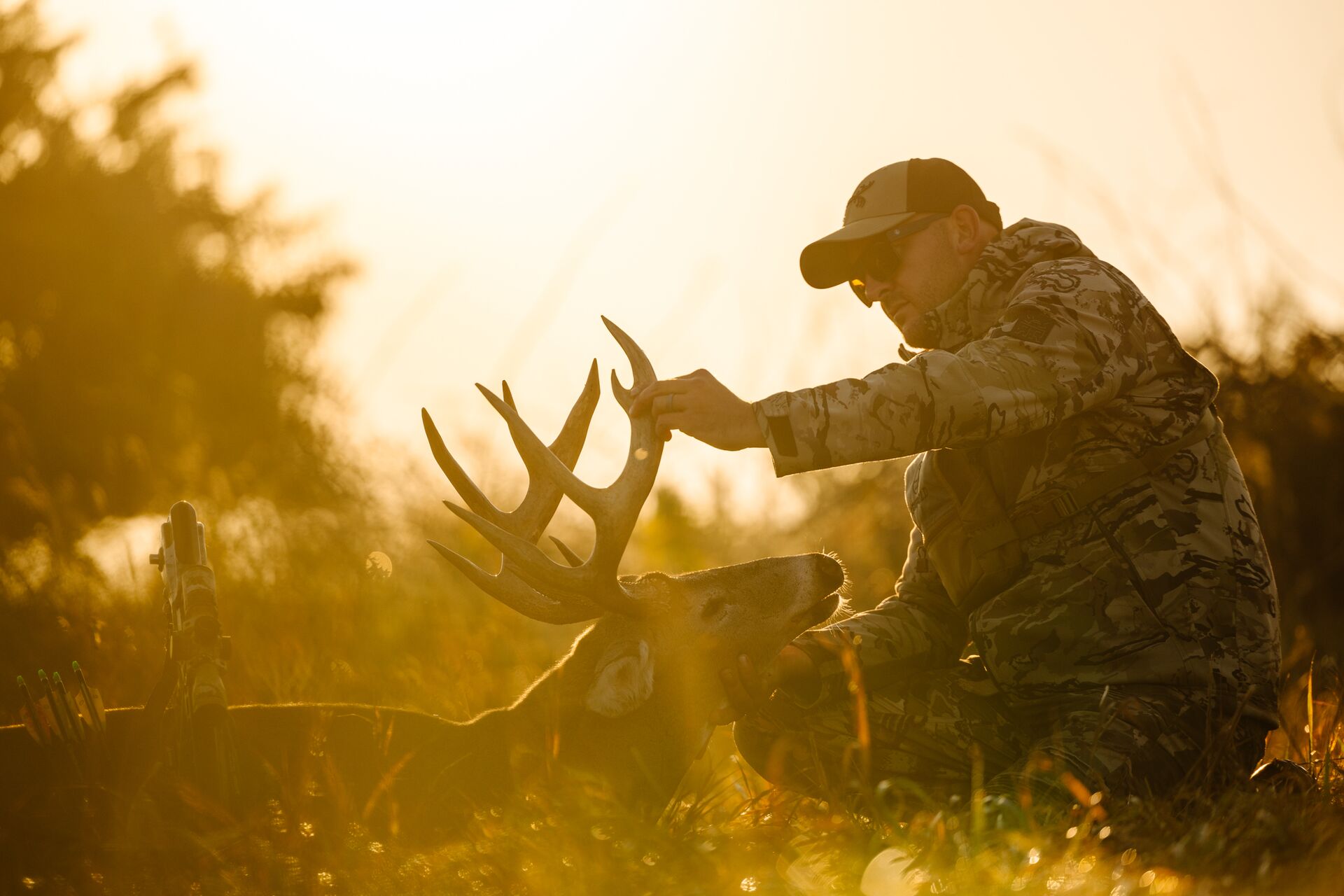
Take Your Best Shot with Hunter Education
Each shot you take as a hunter represents more than a potential harvest. It is a reflection of your commitment to ethical and responsible hunting standards.
Practicing and mastering proper shot placement is vital to being an ethical hunter. Using the broadside shot, hunters can often ensure lethal and humane harvests of game animals. Combined with patience and waiting for ethical shot opportunities, you can fulfill your responsibility to the animals and the hunting tradition you represent.
You're set up to take your best shot with a foundation of hunter safety education! A comprehensive hunter safety course through ilearntohunt enhances your hunting skills and knowledge. Our state-specific courses provide crucial information on safety, shot placement, tracking, game processing, and other vital field skills to ensure you’re well-prepared for a successful and responsible hunting experience.
So, before your next hunt, practice with your bow or rifle, and take the ilearntohunt course for your state!

